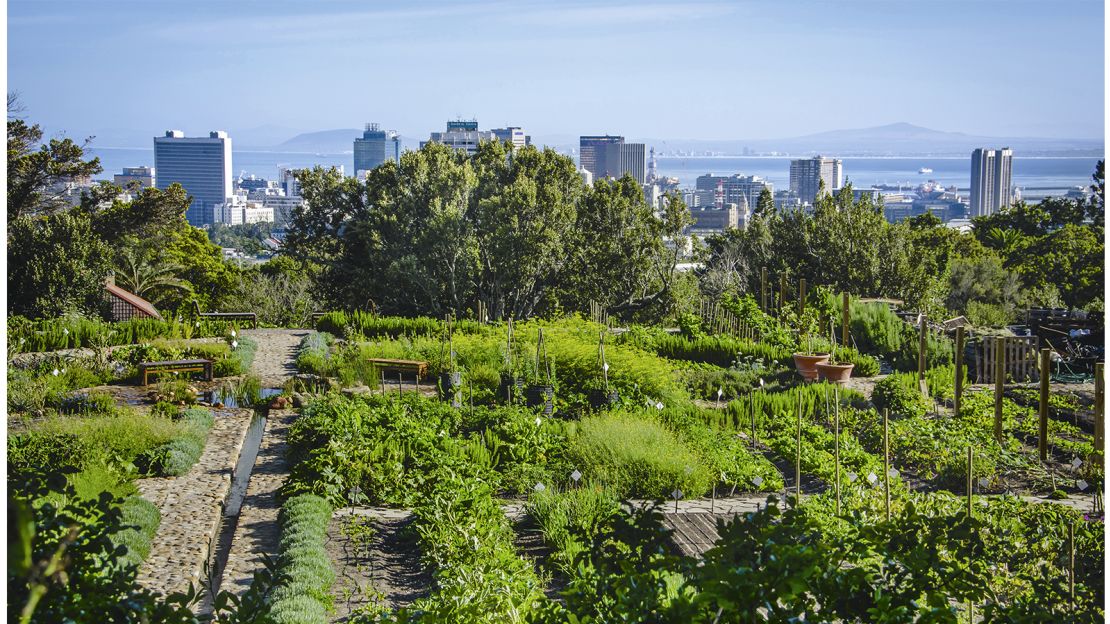What Does City Blooming Do?
City Blooming for Beginners
Table of ContentsAn Unbiased View of City BloomingExcitement About City BloomingA Biased View of City BloomingThe Single Strategy To Use For City BloomingFacts About City Blooming Uncovered
Fascinated in expanding food offer for sale in the City of Chicago? Thinking of beginning a community yard? Adjustments to the Chicago Zoning Statute allow agricultural usages like neighborhood gardens and urban farms in several parts of the city. Below is a checklist of often asked concerns concerning the rules and policies that growers must consider when preparing an urban farming project.
The zoning modification does not modify any kind of various other codes taking care of composting, structure permits, buying or leasing City had residential or commercial property, service licenses or ecological contamination. There are existing codes that control these problems and they continue to be completely impact and might apply to your job. Community yards are usually had or handled by public entities, civic companies or community-based organizations and kept by volunteers.
Urban ranches grow food that is intended to be offered, either on a not-for-profit or for-profit basis. Due to their industrial function, city farms require an organization permit. Yes. A neighborhood yard is allowed to market excess create that was expanded on website if the sales are accessory or subordinate to the garden's main function defined over.
Not known Details About City Blooming
Composting is permitted yet just for plant material that is produced and used on site. The quantity of compost product can not go beyond 25 cubic lawns at any kind of provided time according to the criteria in 7-28-715 of the City's Municipal Code. Yes. Since the dirt at many new yard websites requires modifying, compost, dirt, wood chips, or various other products can be acquired to create or enhance the growing area - sustainable gardening.

If a structure permit is needed after that the hoophouse will be taken into consideration an accessory building. You can figure out more concerning the building license requirements by calling the Division of Structures. The 25,000-square-foot size restriction is planned to stop a single community garden from dominating a given block or interfering with the block's existing property or business character.
The limitation does not use to yards found in Public Open Space (POS) districts. Can there be more than one neighborhood garden that is 25,000 square feet on a single block? Fence is not required, nevertheless, gardens that have large car parking locations may be required to set up secure fencing or other landscape design functions.
The 7-Second Trick For City Blooming
B1 & B2 districts require that all industrial usage activities be carried out inside your home. R areas limit commercial task. The laws reflect the objective and intent of the Zoning Code. Is fence needed for urban ranches? Yes. Fences might be called for, together with landscape design and testing, for sure vehicle parking areas and outside work or storage space areas depending on area and the details activity occurring.
Yes. Urban ranches need structure authorizations and zoning approvals prior to construction. Various other kinds of city review may be needed relying on certain structures, tasks, size, landscaping, licensing, public heath and stormwater monitoring problems. A lot of these demands are recognized in the project layout or permitting procedure, however, the applicant might be responsible to independently recognize certain licenses or allows that might be called for.
Yes. The kind of permit is established by what is taking place at the website. The Division of Organization Affairs and Customer Defense can aid determine the particular sort of service certificate that's required. Yes. Off road vehicle parking is required for many commercial tasks in Chicago. The called for variety of garage is based upon the number of workers functioning on website and not the square video of the expanding room.
7 Simple Techniques For City Blooming

A city farm can offer compost material generated on website, nonetheless, the procedure must conform with the guidelines in 7-28-715 of the Chicago Municipal Code. Aquaponic systems are enabled indoors on city ranches in several zoning areas.
As much as 5 hives or swarms of honey may be kept as an accessory usage. Beekeepers must register with the Illinois Division of Agriculture. For more details about the recommended zoning amendment you might get in touch with the Department of Real Estate and Economic Development, Bureau of Planning and Zoning at 312.744.8563.
Farming in cities and metropolitan locations A metropolitan farm in Chicago. Urban agriculture refers to various practices of cultivating. https://www.behance.net/danielnold, processing, and dispersing food in metropolitan locations. The term also relates to the area activities of pet husbandry, aquaculture, beekeeping, and horticulture in an urban context. Urban farming is differentiated from peri-urban agriculture, which happens in rural locations beside residential areas.
City Blooming Fundamentals Explained
It can entail a movement of natural growers, "foodies" and "locavores", who seek to form social media networks started on a shared principles of nature and community holism. These networks can create using formal institutional support, coming to be integrated right into local town as a "change community" movement for sustainable metropolitan development.
The extra straight access to fresh veggie, fruit, and meat items that may be realised with urban farming can improve food security and food safety while lowering food miles, leading to reduced greenhouse gas discharges, therefore adding to climate modification mitigation. A few of the initial proof of city agriculture originates from Mesopotamia.